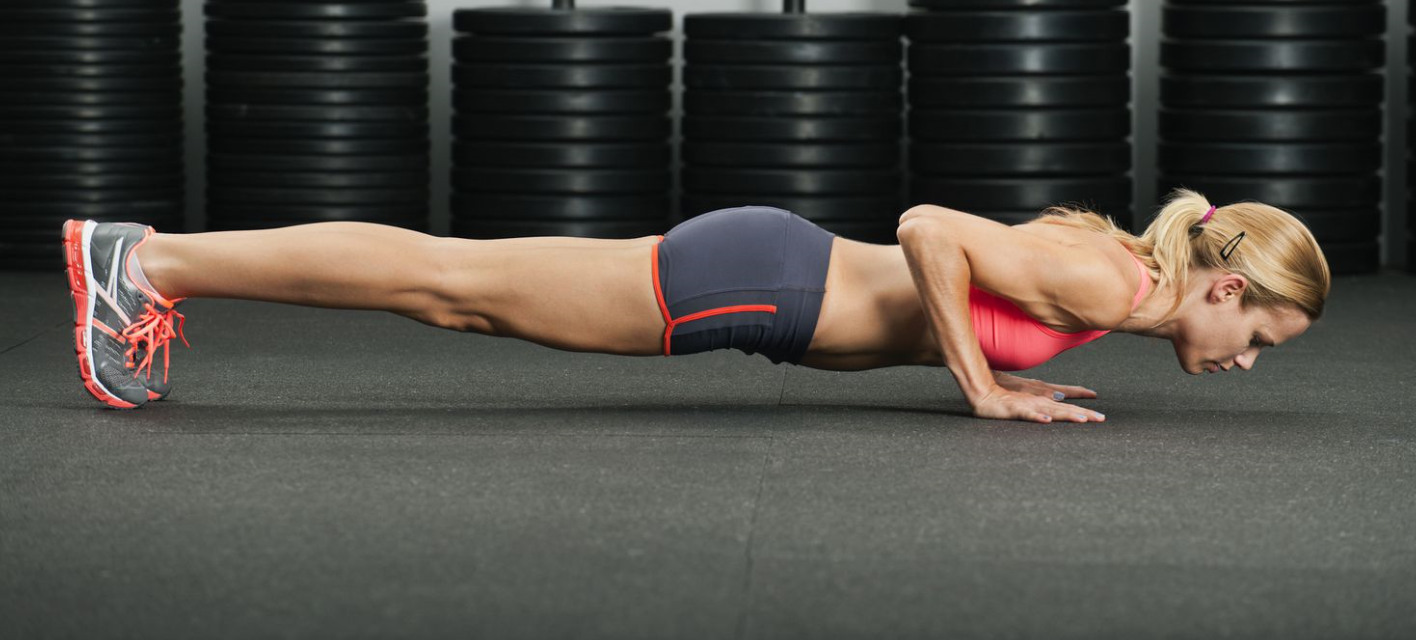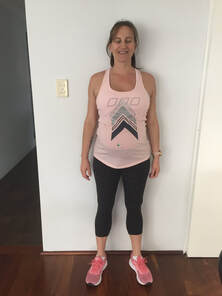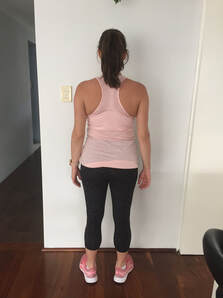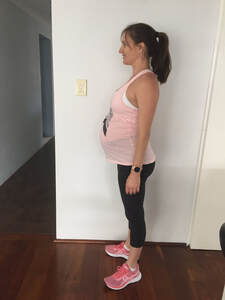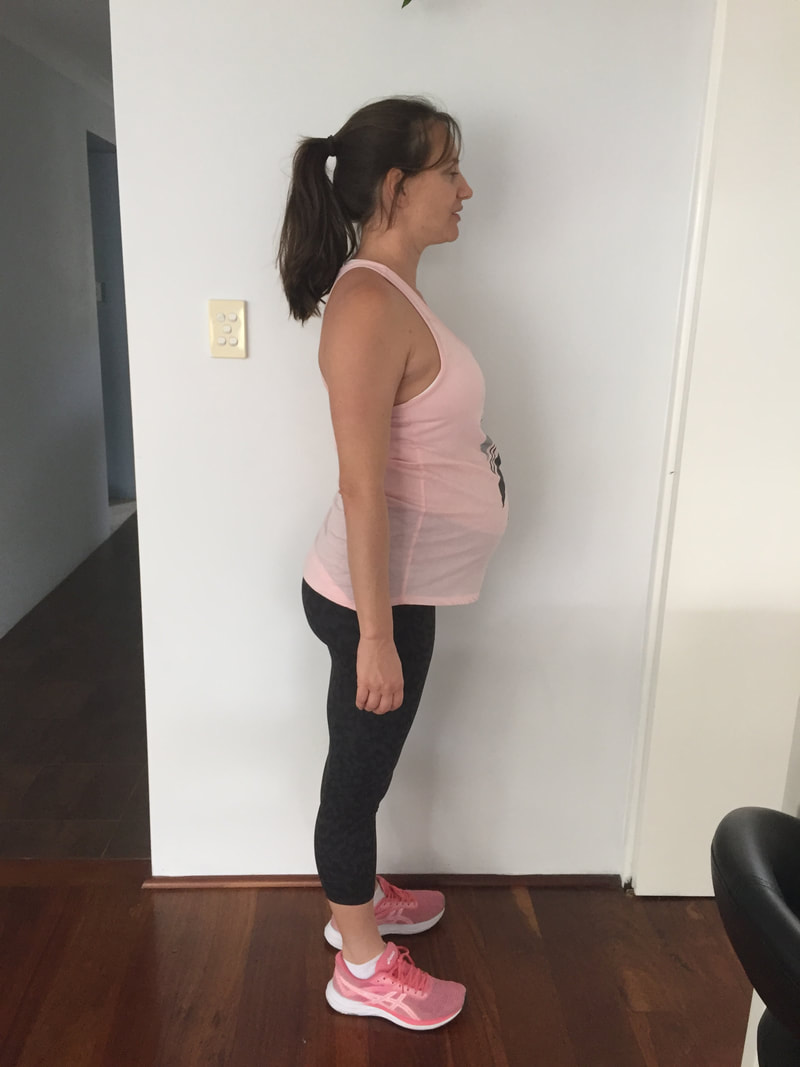How to complete Fitness Testing
MEASURING TIPS:
When conducting fitness tests for clients at their initial session (and subsequently every 8 weeks thereafter), use the following guidelines:
Squats:
Record the maximum number of squats the client can do with proper form (down to 90 degrees and back up to standing) and without rest. No time limit and no need to record amount of time taken.
Push ups:
Record the maximum number of push ups the client can do with proper form (chest low to ground then back up to elbows extended) without rest.
It will be assumed they are completing reps on their toes. If this is not the case, please indicate they are performing on their knees by writing (knees) next to their rep count.
Plank:
Record the maximum amount of time the client can hold a plank position with proper form (no sagging or piking of the hips) without rest. Perform on hands unless they have wrist issues, in which case hold on elbows.
When conducting fitness tests for clients at their initial session (and subsequently every 8 weeks thereafter), use the following guidelines:
Squats:
Record the maximum number of squats the client can do with proper form (down to 90 degrees and back up to standing) and without rest. No time limit and no need to record amount of time taken.
Push ups:
Record the maximum number of push ups the client can do with proper form (chest low to ground then back up to elbows extended) without rest.
It will be assumed they are completing reps on their toes. If this is not the case, please indicate they are performing on their knees by writing (knees) next to their rep count.
Plank:
Record the maximum amount of time the client can hold a plank position with proper form (no sagging or piking of the hips) without rest. Perform on hands unless they have wrist issues, in which case hold on elbows.
Resting Heart Rate:
How to do it:
This should ideally be done with clients when they have been at rest and stationary for a minimum of five minutes pre exercise. Ideally first thing in the session, have them lay down - you can use this time to chat to them about their goals etc. Make sure you are crouched down or sitting on the ground beside them so they feel comfortable.
In order to measure the client's resting heart rate, take the radial pulse. The radial pulse can be found on the thumb side of the wrist when the hand is lying flat with the palm facing the ceiling. Once you find the pulse, count the number of times you feel the pulse or beat over a 60 second period.
Alternatively the pulse can be counted for 30 seconds and that number multiplied by 2. Avoid reducing the time you count the actual pulse below 30seconds as any error in counting will also be multiplied.
What about smartwatches?:
You are welcome to use the client's smartwatch to give you a reading of their heart rate, however, keep in mind it may not be as accurate as a manual reading (i.e. they may be wearing it too loose etc) and the results over time may be inconsistent if they change smartwatches or need to have a manual reading for subsequent tests (they might have lost their watch etc).
Why we test resting heart rate:
Resting heart rate is measured in order to get a baseline that can be used to assess and monitor a person against over time. Assessing resting heart rate gives us an indication of whether a client is safe to train, or to approach training with caution.
If a client had an excessively high resting heart rate, we would want to ensure we moderated the training accordingly to make sure we did not place undue stress on their cardiovascular system. It also allows us to assess clients cardiovascular fitness, as a decrease in resting heart rate over time as a result of training is an indication of increased cardiovascular fitness levels.
Normal resting heart rate ranges from 60-100bpm. The average resting heart rate for a male is 70bpm and for a female 75bpm. Resting heart rates above 100bpm are a sign of contraindications to exercise and should be monitored and referred to a doctor. Resting heart rates below 60 are considered a sign of high levels of fitness and cardiovascular conditioning (normally we’d see these levels in endurance athletes – long distance cyclists, marathon runners etc).
It is important to note however that heart rates fluctuate easily and are affected by multiple elements such as stress, hydration, nutrition, smoking, caffeine, and exercise and health conditions. It is therefore vital when completing a consultation or training clients to have a good view of how their day has been and how much coffee/caffeine they have consumed as these could have a significant effect on their heart rate.
How to do it:
This should ideally be done with clients when they have been at rest and stationary for a minimum of five minutes pre exercise. Ideally first thing in the session, have them lay down - you can use this time to chat to them about their goals etc. Make sure you are crouched down or sitting on the ground beside them so they feel comfortable.
In order to measure the client's resting heart rate, take the radial pulse. The radial pulse can be found on the thumb side of the wrist when the hand is lying flat with the palm facing the ceiling. Once you find the pulse, count the number of times you feel the pulse or beat over a 60 second period.
Alternatively the pulse can be counted for 30 seconds and that number multiplied by 2. Avoid reducing the time you count the actual pulse below 30seconds as any error in counting will also be multiplied.
What about smartwatches?:
You are welcome to use the client's smartwatch to give you a reading of their heart rate, however, keep in mind it may not be as accurate as a manual reading (i.e. they may be wearing it too loose etc) and the results over time may be inconsistent if they change smartwatches or need to have a manual reading for subsequent tests (they might have lost their watch etc).
Why we test resting heart rate:
Resting heart rate is measured in order to get a baseline that can be used to assess and monitor a person against over time. Assessing resting heart rate gives us an indication of whether a client is safe to train, or to approach training with caution.
If a client had an excessively high resting heart rate, we would want to ensure we moderated the training accordingly to make sure we did not place undue stress on their cardiovascular system. It also allows us to assess clients cardiovascular fitness, as a decrease in resting heart rate over time as a result of training is an indication of increased cardiovascular fitness levels.
Normal resting heart rate ranges from 60-100bpm. The average resting heart rate for a male is 70bpm and for a female 75bpm. Resting heart rates above 100bpm are a sign of contraindications to exercise and should be monitored and referred to a doctor. Resting heart rates below 60 are considered a sign of high levels of fitness and cardiovascular conditioning (normally we’d see these levels in endurance athletes – long distance cyclists, marathon runners etc).
It is important to note however that heart rates fluctuate easily and are affected by multiple elements such as stress, hydration, nutrition, smoking, caffeine, and exercise and health conditions. It is therefore vital when completing a consultation or training clients to have a good view of how their day has been and how much coffee/caffeine they have consumed as these could have a significant effect on their heart rate.
Heart Rate After 3mins step ups:
Equipment needed:
A 30cm bench, box, or step (if the step you are using is not 30cm please measure the step you are measuring off and indicate this on the client's form - remember to use the same height step for future tests. Ideally a 30cm step is best.
A metronome app. A metronome app will both count the beats for the client to step with and also count the 3 minutes.
For android phone: Metronome Beats
For apple phone: (Don't have one so don't know - if anyone else has one please let me know!)
Equipment needed:
A 30cm bench, box, or step (if the step you are using is not 30cm please measure the step you are measuring off and indicate this on the client's form - remember to use the same height step for future tests. Ideally a 30cm step is best.
A metronome app. A metronome app will both count the beats for the client to step with and also count the 3 minutes.
For android phone: Metronome Beats
For apple phone: (Don't have one so don't know - if anyone else has one please let me know!)
How to do it:
This test is based on a 30cm step, so use one as close to 30cm as possible, otherwise your results will be skewed. Set the metronome to 96 beats per minute and make sure you can hear the beat. Have the client stand facing the step. When ready to begin, start the timer and have the client march up and down on the step to the metronome beat (up, up, down, down) for 3 consecutive minutes. (They can rest if they need to, but remain standing.) When 3 minutes are up, stop immediately and have the client sit down on the step, and count their pulse for 60 seconds.
Why we do this test:
This test assesses the client fitness level based on how quickly their heart rate recovers after exercise. The fitter they are, the quicker their heart rate will return to normal after exercise.
This test is based on a 30cm step, so use one as close to 30cm as possible, otherwise your results will be skewed. Set the metronome to 96 beats per minute and make sure you can hear the beat. Have the client stand facing the step. When ready to begin, start the timer and have the client march up and down on the step to the metronome beat (up, up, down, down) for 3 consecutive minutes. (They can rest if they need to, but remain standing.) When 3 minutes are up, stop immediately and have the client sit down on the step, and count their pulse for 60 seconds.
Why we do this test:
This test assesses the client fitness level based on how quickly their heart rate recovers after exercise. The fitter they are, the quicker their heart rate will return to normal after exercise.
Progress Photos
When taking progress photos for clients please be sure to take the front, back and side angles as one angle may show a much larger change than another angle. It can be difficult at the park, but try and get a plain a background as possible so their body is clearly visible.
Don't chop their heads and feet off or ask them strip down (they can wear whatever they are comfortable in for the photo) - pic just an example of angles :)
Don't chop their heads and feet off or ask them strip down (they can wear whatever they are comfortable in for the photo) - pic just an example of angles :)

